The intricacies of interlocking plants have fascinated me since I read Model Railroader’s “Mechanical interlocking and signaling” series in 1961. In that series, MR’s Gordon Odegard and Paul Larson explained how they scratchbuilt a miniature interlocking machine that included operating finger-size levers for Paul’s HO layout.
It took me almost 50 years to get a model railroad suitable for an interlocking, but I finally built and installed an interlocking plant that serves my 1895-era Stockton & Copperopolis RR. It’s typical of prototype interlockings that controlled traffic at junctions, a crossing of another railroad, or at a drawbridge.
Click on the links below to download each article in the series.





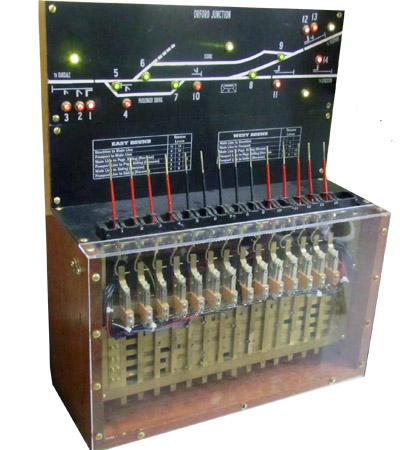

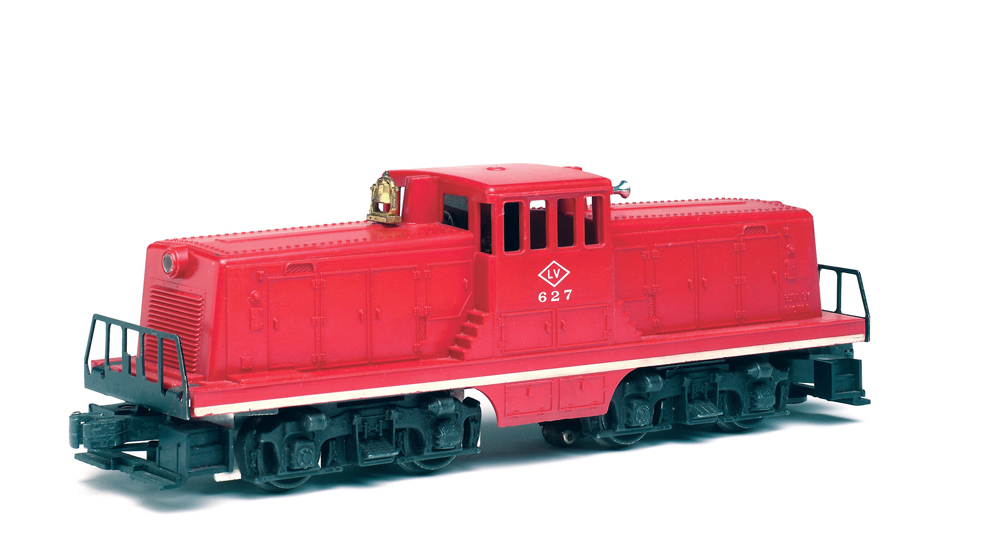
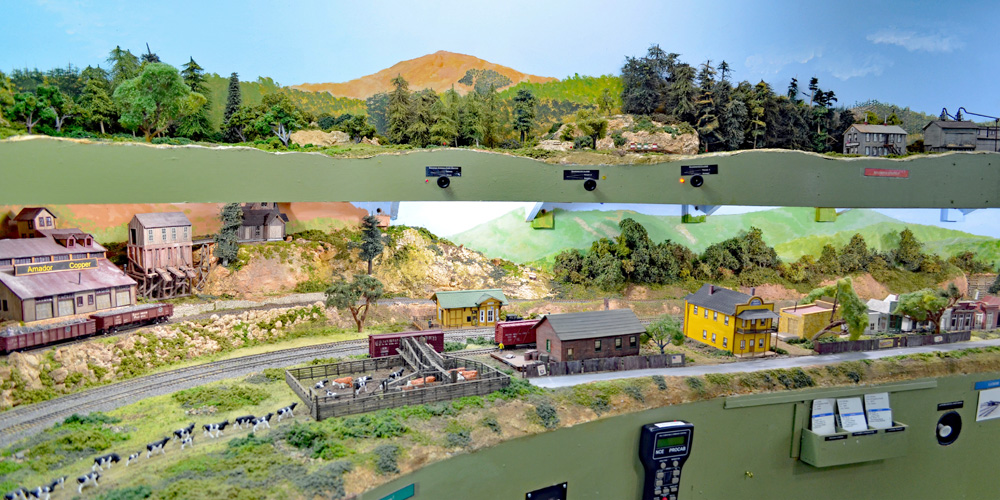
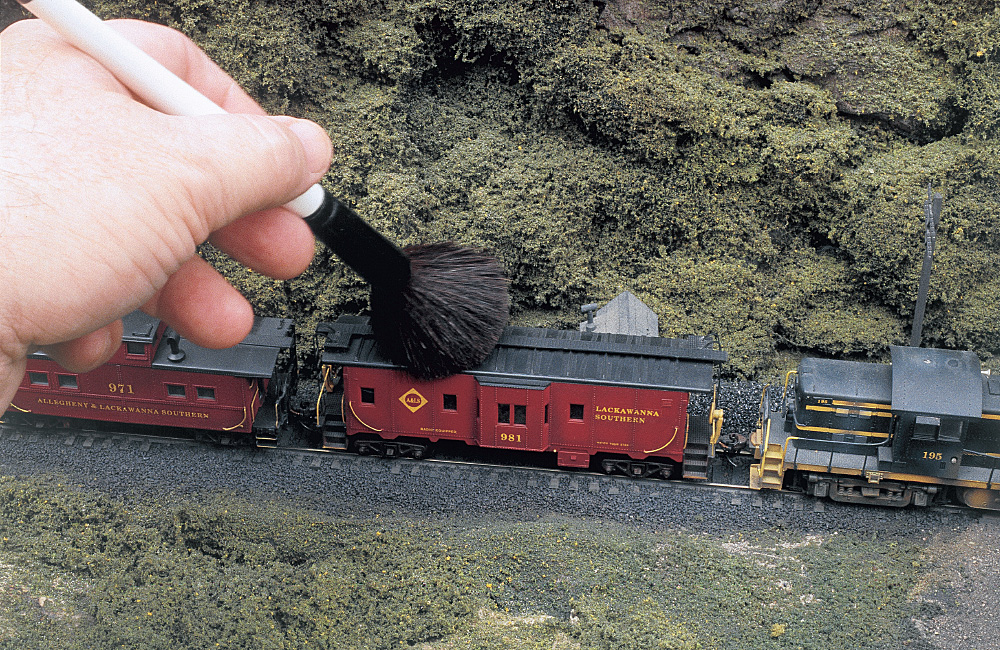
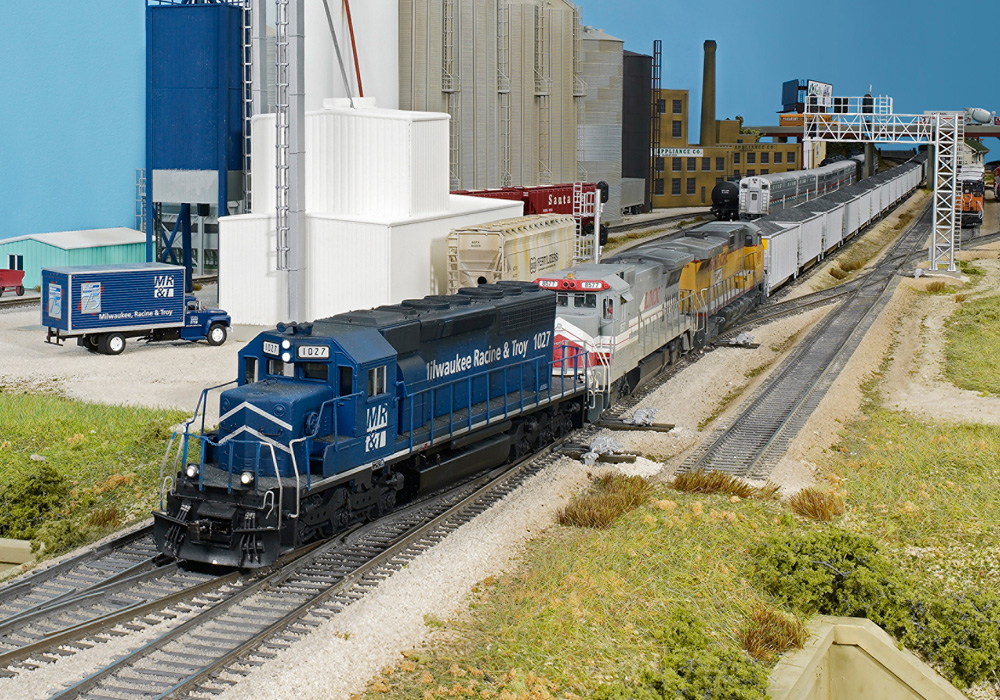




Interesting. A bit fancier than the lever frame detailed in Raymond Yates' book.
Hi! This is Neville from Pennsylvania (originally UK).
I am very familiar with the principles of operation and interlocking of such interlocking plants, though we used to call them signal boxes, because they controlled the whole of the UK main and secondary line system from the latter part of the 19th century until about 1960. Some still exist on small branch lines and 'tourist' lines in the UK and elsewhere.
There is a source of ready made parts for this type of interlocking frame. An Australian company called 'Modratek' supply these parts and kits – much easier than scratchbuilding! The prototype railroads built their plants by purchasing kits of parts from specialist suppliers, so modelers will still be following prototype practices.
Thank You so much, this is a life saver. Thank You for the downloads. Plan to use this info to build a interlock for my model of CofC Macon Junction.
I enjoy reading old articles such as this. I thought that the electrical contacts looked familiar, and was not surprised to learn that they were manufactured by Guardian Electric. In 1961 I was employed in the electronics wholesale business in Oklahoma City, OK. I sold Guardian products, and other electronics for amateur radio operators and audio enthusiasts when employed by General Electronics, located at 10th & Classen Blvd in OkC.
I look forward to reading the 21st century version of how to build a 19th century interlocking plant.
Times certainly do change.